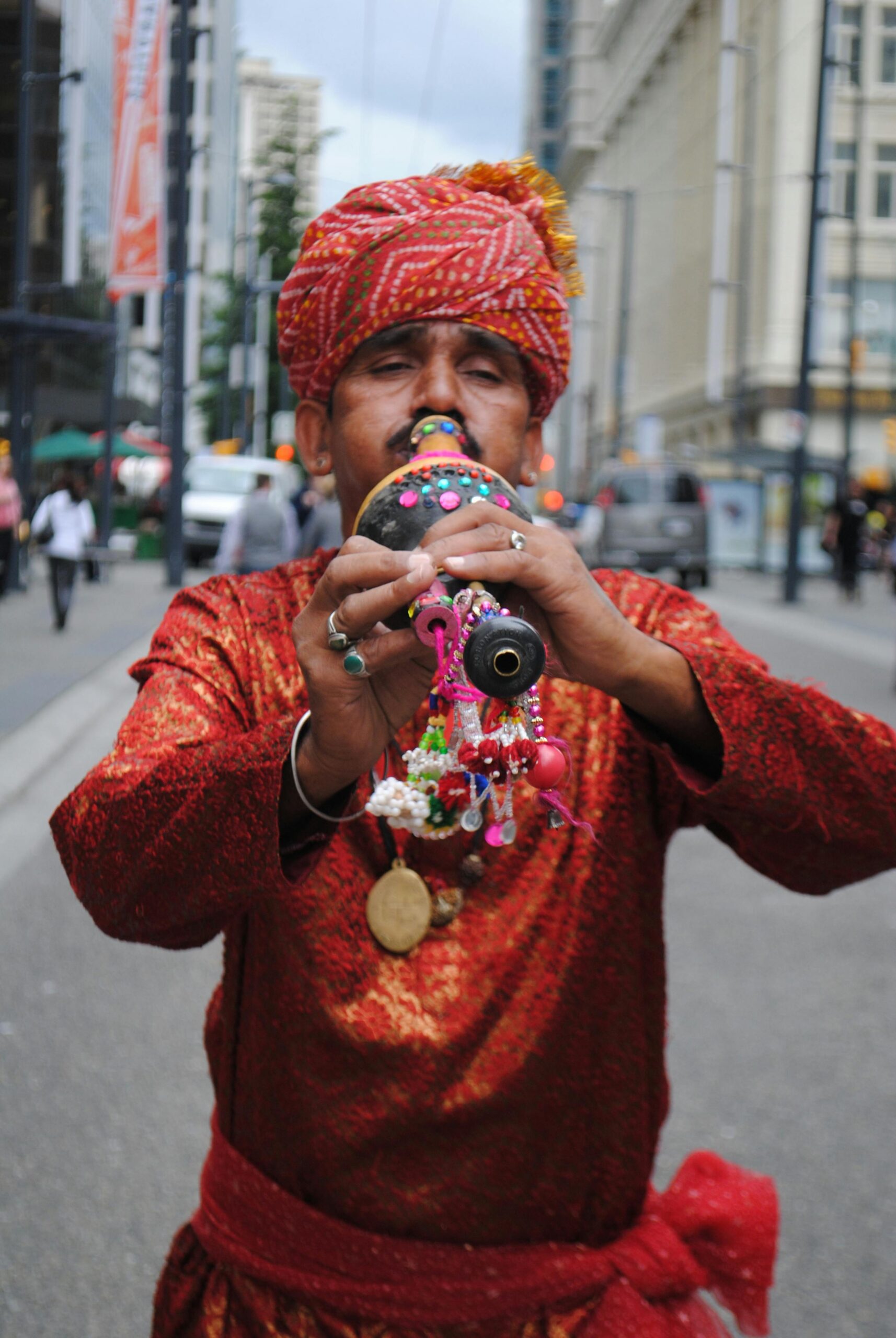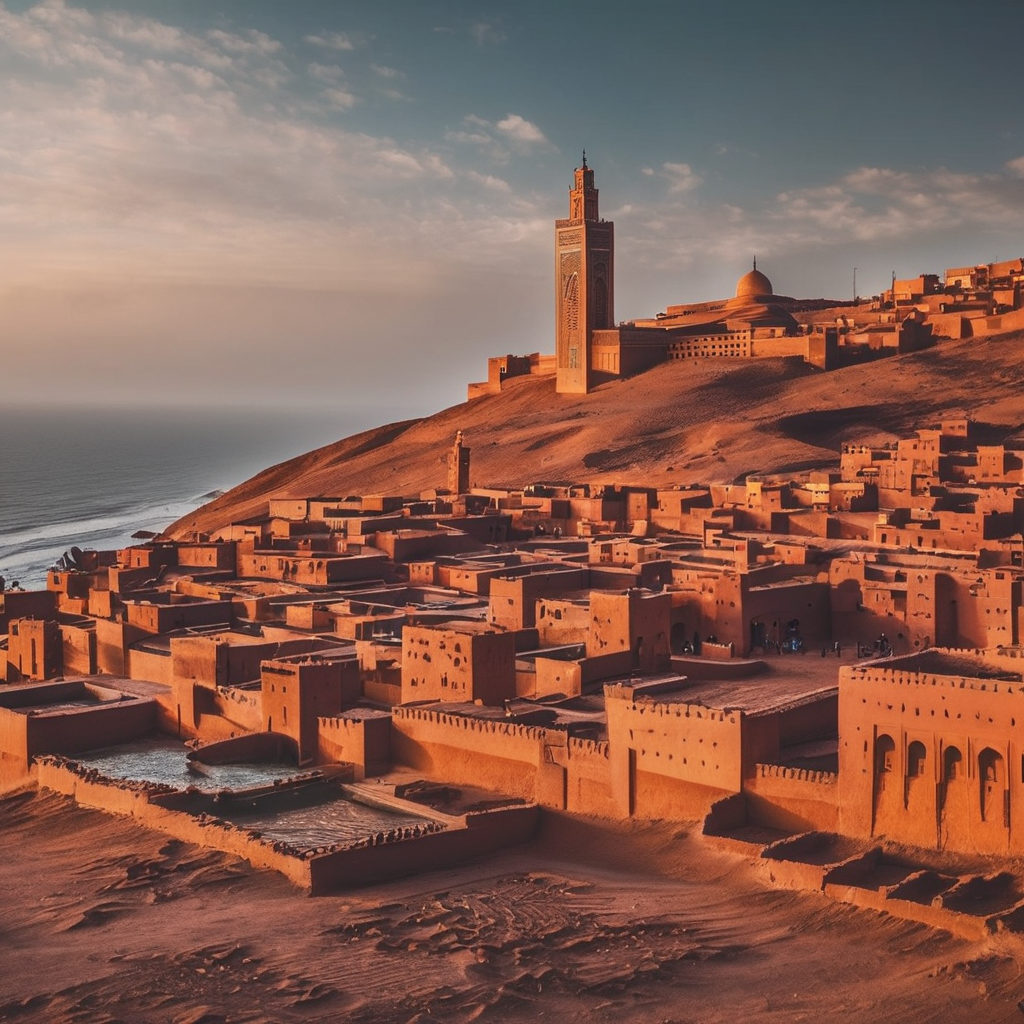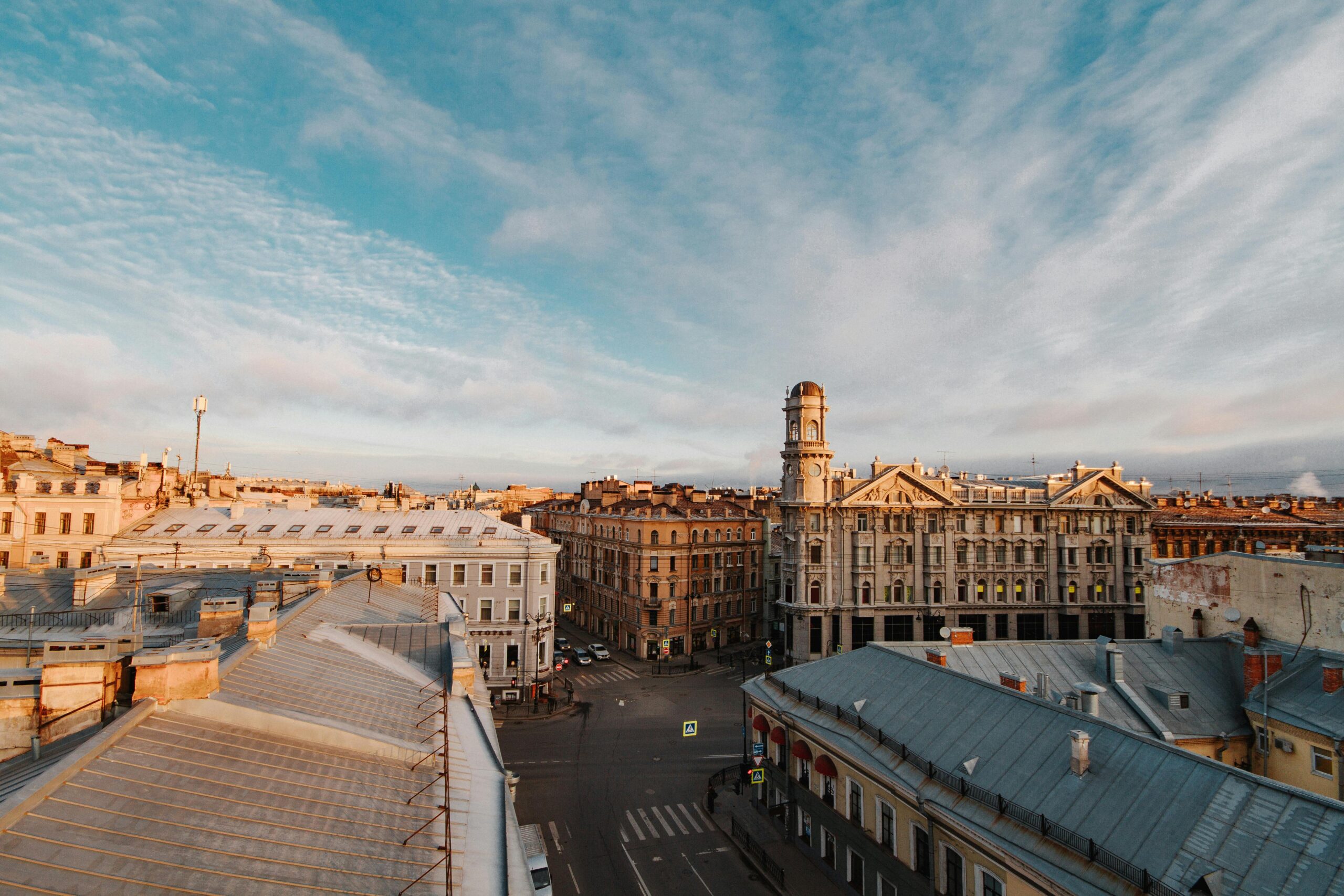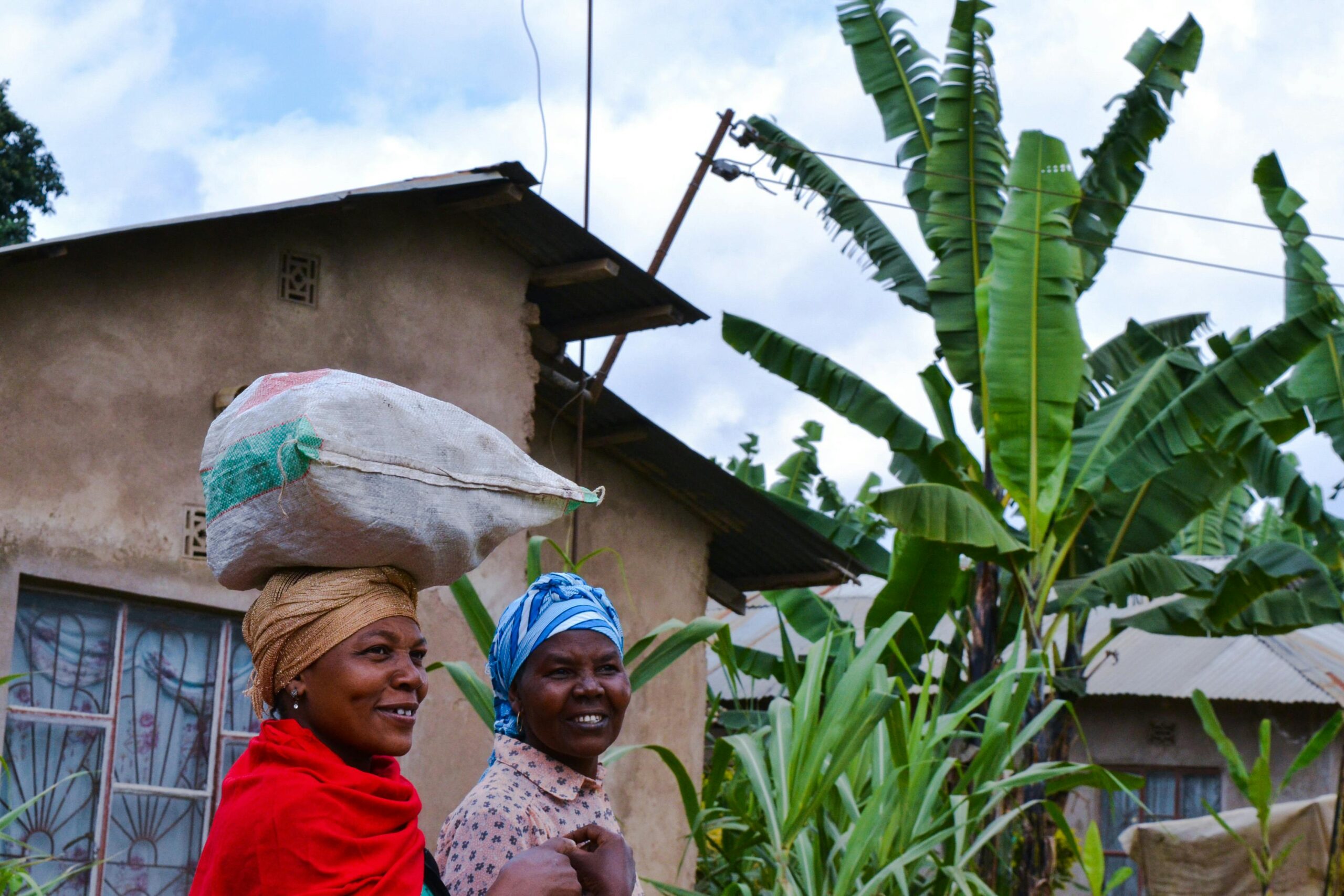In the heart of every community lies a vibrant tapestry of music and dance, woven together by the threads of tradition, culture, and creativity. Local performances serve as windows into the soul of a region, offering glimpses into its rich heritage and dynamic spirit. From the rhythmic beats echoing through bustling marketplaces to the graceful movements of dancers adorned in traditional attire, these expressions of artistry are not just entertainment but essential elements of cultural identity. In this article, we delve into the enchanting world of local music and dance, exploring their significance and the transformative experiences they offer to both participants and spectators alike.
Diversity in Musical Styles
When delving into the realm of local music, one is often struck by the rich tapestry of musical styles that exist within a community. From folk tunes passed down through generations to contemporary fusion genres, the diversity in musical styles is truly remarkable. In any given locality, you might stumble upon vibrant jazz clubs, pulsating electronic dance scenes, or intimate acoustic sessions in cozy cafes. Each style not only reflects the artistic sensibilities of its creators but also serves as a mirror to the cultural melting pot that defines a region. For instance, in cities with a history of immigration, you might find a blend of traditional melodies from different parts of the world, seamlessly woven together to create something entirely new and unique. Exploring the varied musical landscape of a locality is akin to embarking on a journey of sonic discovery, where every note tells a story of its own.
Connection to Culture and Tradition
Local music is deeply intertwined with the culture and traditions of a community. It serves as a repository of collective memory, preserving age-old customs and rituals through melodious expressions. In many cultures, music is not just a form of entertainment but a sacred art form that binds people together and strengthens their sense of identity. For example, traditional folk songs often narrate tales of historical events, mythological figures, or everyday struggles, providing a glimpse into the cultural heritage of a region. Moreover, certain musical instruments or vocal techniques might hold special significance, symbolizing the values and beliefs cherished by the community. By immersing oneself in the local music scene, one can gain profound insights into the social fabric of a society, as well as foster a deeper appreciation for its cultural heritage. In essence, local music serves as a bridge between the past and the present, connecting generations through the universal language of melody and rhythm.
Various Dance Forms and Their Significance
Exploring local dance forms unveils a kaleidoscope of movement, each step laden with history, tradition, and cultural significance. From the graceful sway of traditional folk dances to the dynamic rhythm of contemporary choreography, the spectrum of dance forms within a community is as diverse as the people who inhabit it. In every corner of the world, you’ll find a unique repertoire of dances that reflect the values, beliefs, and rituals of the local culture. For instance, traditional dances often draw inspiration from nature, with movements mimicking the sway of trees, the flight of birds, or the rhythm of the seasons. In contrast, urban dance styles might emerge from the streets, infused with elements of hip-hop, breakdancing, or street jazz, serving as a form of self-expression and social commentary. Exploring the various dance forms within a locality is akin to embarking on a journey through time and space, where each choreographed sequence tells a story of its own.
Cultural Expressions Through Movement
Dance serves as a powerful medium for cultural expression, transcending linguistic barriers to convey emotions, narratives, and collective memories through movement. Whether it’s a ceremonial ritual performed during religious festivals or a spontaneous street performance celebrating community spirit, dance embodies the essence of a culture in motion. The gestures, costumes, and musical accompaniment of a dance form often carry deep symbolic meaning, rooted in the traditions and folklore of a region. For example, in some cultures, specific dances are reserved for auspicious occasions such as weddings or harvest festivals, symbolizing fertility, prosperity, and communal harmony. Moreover, dance can also serve as a platform for social commentary, addressing contemporary issues such as political unrest, environmental concerns, or gender equality. By immersing oneself in the local dance scene, one can gain a deeper understanding of the cultural nuances and social dynamics that shape a community, as well as experience the joy of connecting with others through the universal language of movement.
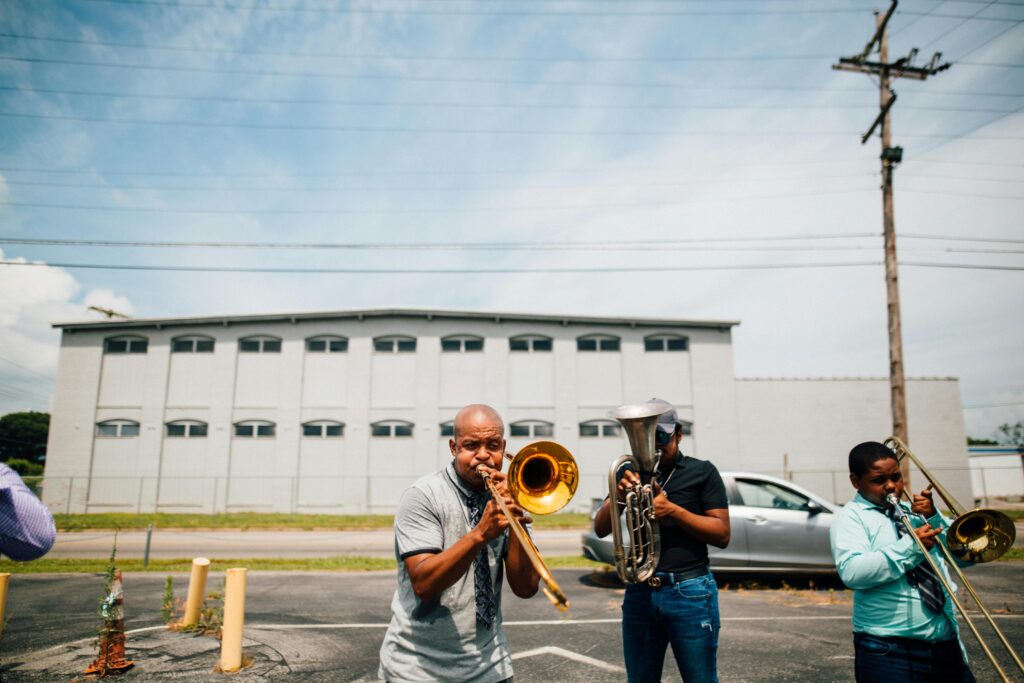
Cultural Enrichment
Attending local performances is a gateway to cultural enrichment, offering a firsthand experience of the artistic traditions and heritage of a community. Whether it’s a traditional music concert, a dance recital, or a theater production, each performance is a window into the soul of a culture, showcasing its unique aesthetic sensibilities, storytelling techniques, and artistic expressions. By immersing oneself in these performances, one gains a deeper appreciation for the cultural nuances and artistic nuances that shape a locality. Moreover, witnessing live performances allows for a more visceral connection to the cultural heritage, as the sights, sounds, and emotions of the performance resonate on a profound level. From ancient rituals to contemporary creations, local performances offer a diverse tapestry of cultural experiences that enrich the mind, stir the soul, and broaden one’s perspective on the world.
Community Engagement
Local performances serve as focal points for community engagement, bringing people together to celebrate, connect, and forge meaningful relationships. Whether it’s a street parade, a neighborhood concert, or a community theater production, these events foster a sense of belonging and camaraderie among participants and spectators alike. Attending local performances not only provides an opportunity to support local artists and artisans but also allows individuals to become active participants in the cultural life of their community. Moreover, these events often serve as catalysts for social interaction, sparking conversations, collaborations, and friendships that transcend geographical boundaries and cultural differences. By engaging with the local arts scene, individuals can contribute to the vitality and vibrancy of their community, fostering a sense of pride and ownership in the shared cultural heritage.
Personal Growth and Connection
Experiencing local performances can lead to personal growth and connection, providing opportunities for self-expression, reflection, and self-discovery. Whether it’s performing on stage, volunteering behind the scenes, or simply being part of the audience, each interaction with the local arts scene offers a chance to connect with others, explore new interests, and expand one’s horizons. Moreover, participating in creative activities such as music, dance, or theater can foster a sense of empowerment, confidence, and self-esteem, as individuals discover and nurture their artistic talents. By engaging with the arts, individuals can also cultivate empathy, compassion, and a deeper understanding of the human experience, as they connect with the stories, emotions, and perspectives portrayed in performances. In essence, experiencing local performances is not just about entertainment; it’s about forging meaningful connections, fostering personal growth, and enriching the fabric of community life.
Attend Live Events
The most direct way to experience local performances is by attending live events in your community. Keep an eye out for advertisements in local newspapers, community bulletin boards, or online event listings for upcoming performances. Whether it’s a music concert in a small venue, a theater production at a local playhouse, or a dance performance in a cultural center, there are countless opportunities to immerse yourself in the vibrant arts scene of your locality. Make it a habit to explore different genres and styles of performances, from traditional folk music to experimental theater, to broaden your cultural horizons and discover new artistic expressions. Don’t hesitate to purchase tickets in advance or RSVP to reserve your spot, as some events may have limited seating or high demand. By attending live events, you not only support local artists and performers but also contribute to the rich tapestry of cultural life in your community.
Support Local Artists and Venues
Another way to experience local performances is by actively supporting local artists and venues. Seek out opportunities to purchase artwork, merchandise, or recordings directly from local musicians, dancers, actors, and visual artists. Many artists rely on sales from their creations to sustain their livelihood and continue pursuing their artistic passions. Additionally, consider becoming a patron or member of local arts organizations, theaters, or performance spaces to show your support for the cultural institutions that enrich your community. Attend fundraising events, volunteer your time and skills, or make donations to help ensure the continued success and sustainability of these venues. By supporting local artists and venues, you not only help to nurture the creative ecosystem of your community but also create opportunities for future generations to experience the joy and inspiration of live performances.
FAQs
Q. What are some ways to experience local music and dance performances while traveling?
A. One way to experience local music and dance performances while traveling is to research ahead of time and see if there are any upcoming events or festivals in the area you’re visiting. Additionally, you can ask locals or hotel staff for recommendations on where to find authentic performances. Another option is to explore local venues such as bars, clubs, or theaters that host live performances regularly.
Q. How can I respectfully engage with the local music and dance culture?
A. Show respect for the culture by being attentive and engaged during performances. Avoid disrupting the experience by talking loudly or using your phone. If there are specific customs or etiquette associated with the performances, try to familiarize yourself with them beforehand. And don’t forget to support local artists by purchasing their music or attending their shows.
Q. What should I do if I don’t understand the language or cultural context of the performance?
A. If you don’t understand the language or cultural context of the performance, try to appreciate the music and dance on a purely aesthetic level. Focus on the emotions conveyed through the performance, the rhythm of the music, or the skill of the dancers. You can also ask locals or fellow audience members for explanations or interpretations to deepen your understanding.
Q. Are there any etiquette tips I should keep in mind when attending local music and dance performances?
A. Yes, it’s important to respect the customs and traditions of the culture you’re visiting. This may include observing dress codes, removing your shoes before entering certain venues, or refraining from certain behaviors during performances. Pay attention to the behavior of locals around you and follow their lead. And always remember to applaud and show appreciation for the performers at the end of the show.
Q. How can I support local musicians and dancers during my travels?
A. One of the best ways to support local musicians and dancers is by attending their performances and purchasing their music or merchandise if available. You can also spread the word about their performances to other travelers or on social media platforms. Additionally, consider leaving positive reviews or feedback for the performers or venues to help boost their reputation and attract more audiences.
Conclusion
In a world often consumed by globalized trends and mainstream entertainment, the value of local performances cannot be overstated. They serve as pillars of cultural preservation, fostering a sense of belonging and pride within communities. By immersing ourselves in the melodies and movements of our local artists, we not only celebrate diversity but also contribute to the vitality of our cultural heritage. As we continue to navigate the ever-changing landscape of the modern world, let us remember the power and beauty of our local arts scene, and endeavor to support and cherish it for generations to come.

